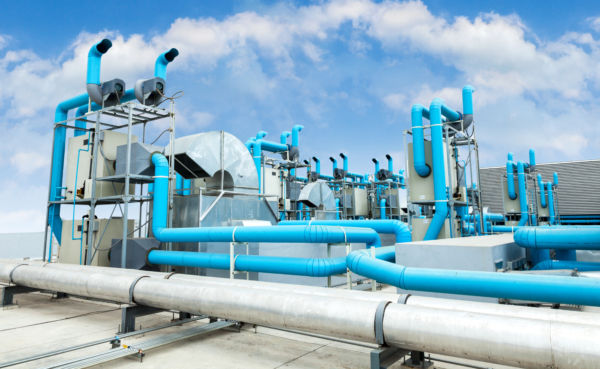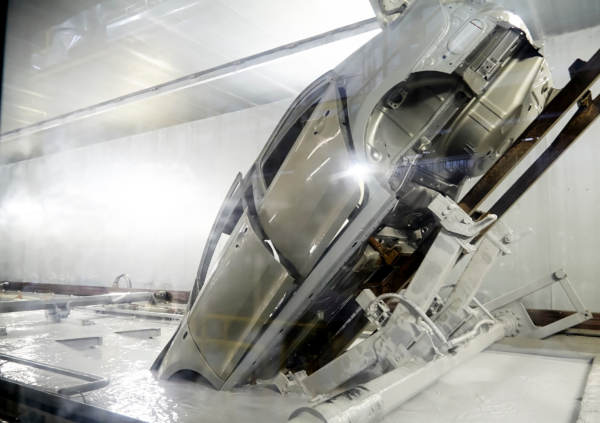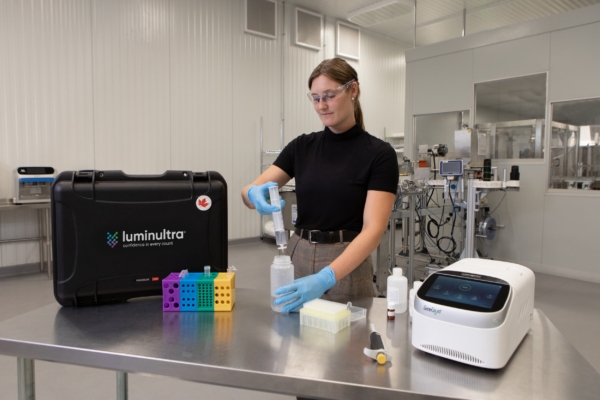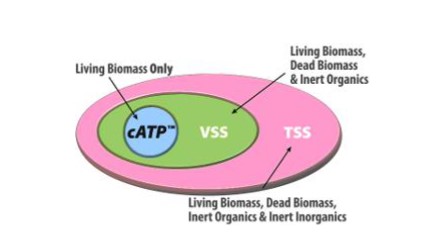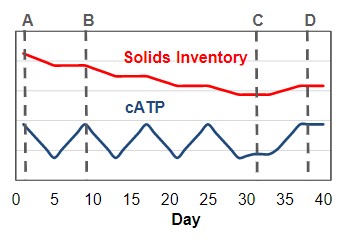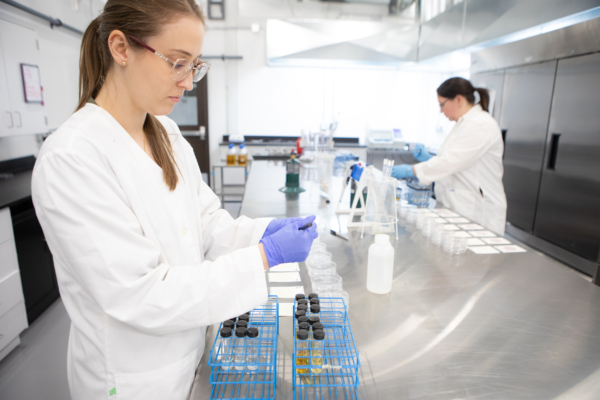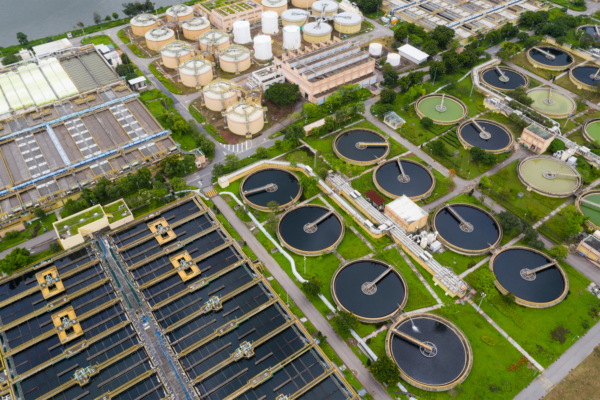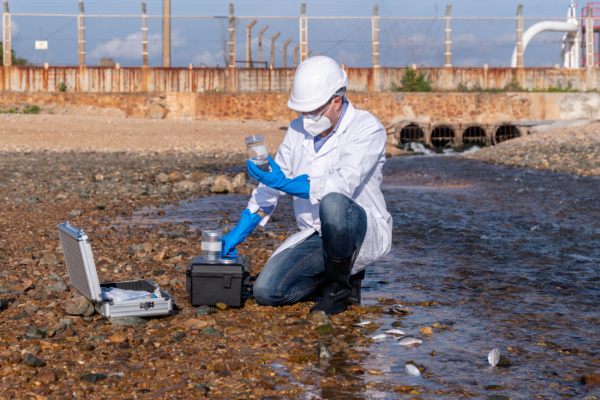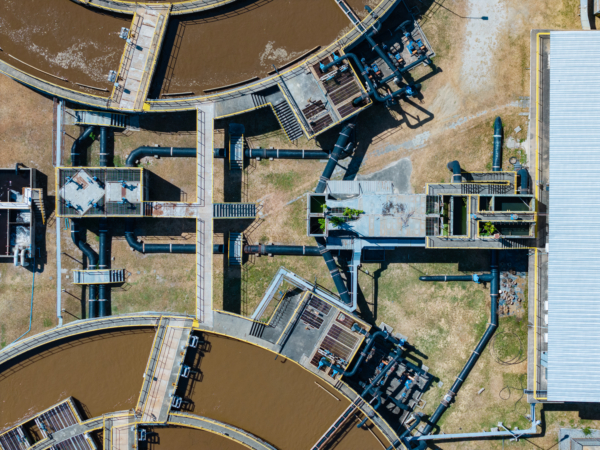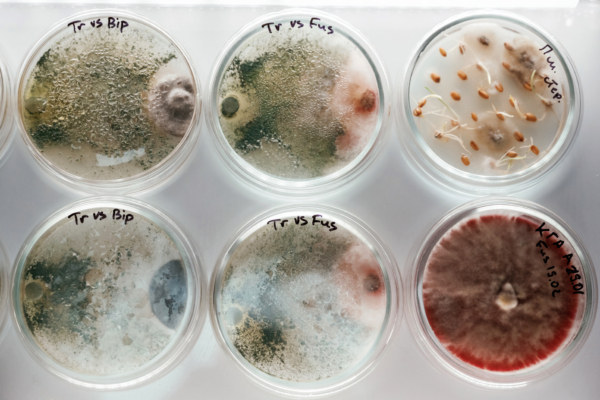4. The optimization program is complete when either:
- The cATP does not recover (C), in which case return to the previous solids inventory (D)
- An acceptable ABR is achieved according to the typical ranges
5. Continue intensive monitoring for at least two weeks following the optimization program while maintaining the new inventory target to ensure treatment capacity maintenance. It is important to maintain the new inventory at a stable level during this process to allow for sufficient adaptation and stabilization in ATP parameters. Focus on monitoring the cATP, BSI, ABR and effluent quality (e.g. COD, P, NH3) during this period.
6. Utilize the newly-established inventory target to establish a new set of control targets, such as F/M and SRT:
- Use the selected SRT and the new inventory target to calculate the required steady-state WAS rate. It is recommended that WAS be removed continuously rather than in ‘slugs’ as a means to promote steady-state conditions.
- Use the new inventory target and historical COD loading information to calculate the new F/M target. Focus on sCOD instead of tCOD.
7. If desired, operators can further optimize electricity consumption by optimizing dissolved oxygen targets usingthe same approach. However, the improved solids viability that is realized through this exercise should improve oxygen mass transfer without any additional effort, thereby reducing electricity requirements for aeration.
Additional guidance
If the RAS rate is too high and the WAS rate is too low
High sludge ages result. This means that aerobic sludge digestion is likely occurring which is highly inefficient and wastes energy. This condition also favors the growth of bulking filaments because of low F/M. The protruding filaments have a competitive advantage over the interior cells to obtain the relatively low levels of food.
Probable characteristics: high SVI, presence of bulking organisms, low BOD removal per unit of biomass, higher BSI.
If the RAS rate is deceased and the WAS rate is increased
Less energy is wasted by digesting aerobic sludge. The faster-growing rod-shaped bacteria out-compete the filamentous organisms for food providing that the F/M has been sufficiently increased. As a result, amore vigorous population is produced. Less new biomass is produced because the BOD of the old organisms has been removed in the WAS leaving mainly the BOD from the influent of the wastewater. With less biomass, aeration efficiency improves offering potentially greater BOD reduction per unit of biomass for the same amount of power. More than likely, greater aeration efficiency improves the degradation of particulate BOD by increasing the water stream containing extracellular enzymes over the particle surface.
Probable characteristics: good SVI, filamentous network does not predominate and within the floc structure, high BOD removal per unit of biomass, low BSI, higher cATP per mg VSS.
If the RAS rate is too low and the WAS rate is too high
The risk of lowering the treatment capacity so that it fails to treat BOD peaks becomes elevated. Furthermore, if the F/M becomes too high, the biomass will tend to deflocculate in the reactor since there is no advantage for them to remain associated in a floc. With deflocculation, solids will be lost in the clarifier as pin floc. While approaching this state is risky, it would provide the highest evolutionary selection pressure for increasing the proportion of high performance bacteria. Similarly, being too cautious reduces the proportion of high performance bacteria.
Probable characteristics: Pinfloc leading to poor settling, potential untreated waste due to insufficient biomass.
Disclaimer: This document is not a substitute for professional advice. Luminultra and its affiliates do not accept any liability for any decisions or actions made as a consequence of using this document.

